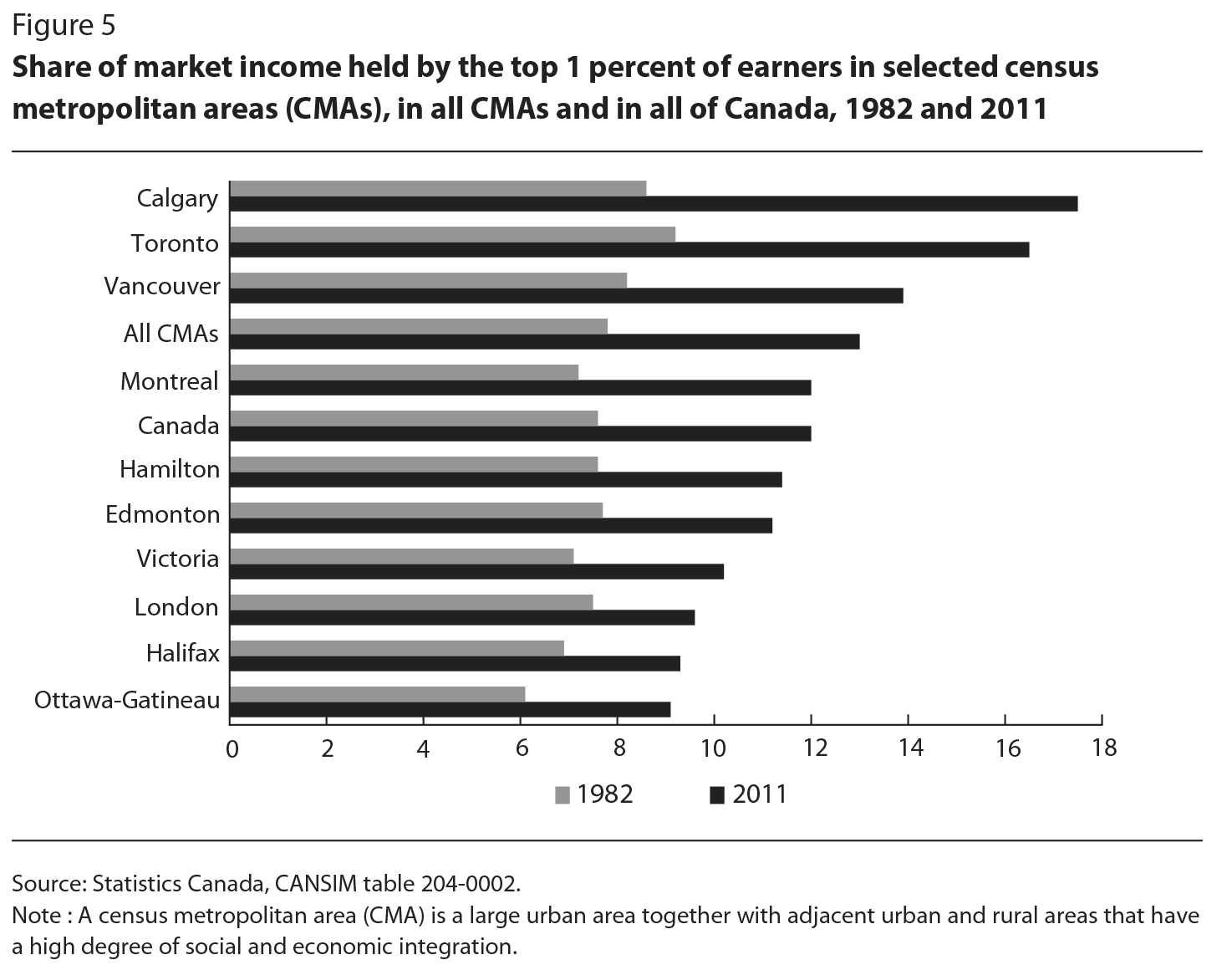
But to get them to factor in more than that one year of your experience in determining your role and salary, it's a tougher battle.
2015 average starting salary of architect full#
If you have at least a year of full time prior experience, most employers will be more than happy about that, partly because you can be assumed to be generally up to speed on typical firm practices, but also because it lets them classify you as salaried instead of hourly (because you meet the Dept of Labor's test of having a professional degree plus at least 1 year of experience), so they don't have to pay overtime. What I found was that interviewers tended to discount experience that happened before I graduated as "student work", regardless of the fact that I was not a student and was a full time employee. I had started college, left to work full time for about 4 years, mostly in architecture firms, and then went back to finish my degrees.

I was in a similar situation when I graduated with an M.Arch. When the time comes to interview for employment opportunities I wanted to be able to negotiate a fair compensation but not sell myself short, so my question to all of you is what is someone potentially worth with three years of prior experience in the field and prior education? Is it reasonable to think somewhere around 50k-55k considering my prior education and experience? I've seen figures really all over the board from 40k all the way up to 60k. After researching the AIA website as well as others there really isn't any clear figure for someone with prior experience in the field and prior education. I wanted to reach out to all of you regarding negotiating compensation out of school.

In early 2015, I went back to school to work on my Bachelors degree and in a years time from now my Masters degree. Shortly after I worked at a small architecture firm for three years until late 2014. Morgan rose by just 17% over the same period.After researching online and finding a lot of mixed answers I wanted to ask here about some opinions on salary figures for after graduation.ĭuring 2010-2011, I attended a tech school and obtained an AAS degree in Architectural Building technology. Reflecting this, M&A revenues were up 62% year-on-year in the second quarter. “Our team is really in the centre of all the M&A dialogue,” declared Schwartz on today’s call. Irrespective of the firm-wide average, one set of Goldman staff almost certainly will be earning more this year: the M&A bankers. But equities is a comparatively low margin business, and one in which an increasing proportion of execution takes place electronically.īy comparison, revenues in the higher margin fixed income business fell by 28% year-on-year in Q2, partly due to Greek-inspired ‘unhealthy volatility’ (defined by Goldman CFO Harvey Schwartz as the kind of volatility that causes clients to de-risk, as opposed to healthy volatility which encourages clients to trade more.) Equities revenues boomed in Q2, and were up a massive 63% year-on-year. Goldman’s changing business mix is also likely to have something to do with its dwindling pay. – The firm employs 34,900 people in total and the total compensation bill in Q2 was $3.8bn, so the new recruits are a drop in a much larger ocean. Of course, there’s more to Goldman’s falling Q2 compensation costs than the location of 400 new hires. That structural change alone cut the wage bill for new staff by 57%. In other words, by recruiting 400 people spread equally between Mumbai and Salt Lake City instead of Jersey City and London, Goldman just spent $12.8m instead of $28m on new hires. According to Glassdoor, the average salary for an analyst at Goldman’s Indian operations is $15k. The bank hired 500 people in the three months to June. These days, when Goldman recruits a new employee it avoids expensive places like London ( where GS pay is on average 27% higher than elsewhere) and NYC and goes straight for Salt Lake City or Mumbai instead.ĭuring today’s call to accompany the bank’s Q2 results, Goldman CFO Harvey Schwartz said a full 75% of Goldman’s hires in the past quarter were made to these sorts of ‘low cost’ locations. Average pay per head for those three months was ‘just’ $109k compared to $121k a year earlier.īefore existing Goldman staff start worrying about their year-end pay packages, we’d like to point out that the pay cut likely has something to do with Goldman’s geographical hiring trends. In the second quarter of 2015, compensation at Goldman Sachs fell by 10% compared to the second quarter of 2014. After all, Goldman Sachs pays well: in 2014 its average employee earned $379k (£243k). If you go to work for Goldman Sachs, you’ve probably got one eye on the amount you’ll be paid.


 0 kommentar(er)
0 kommentar(er)
